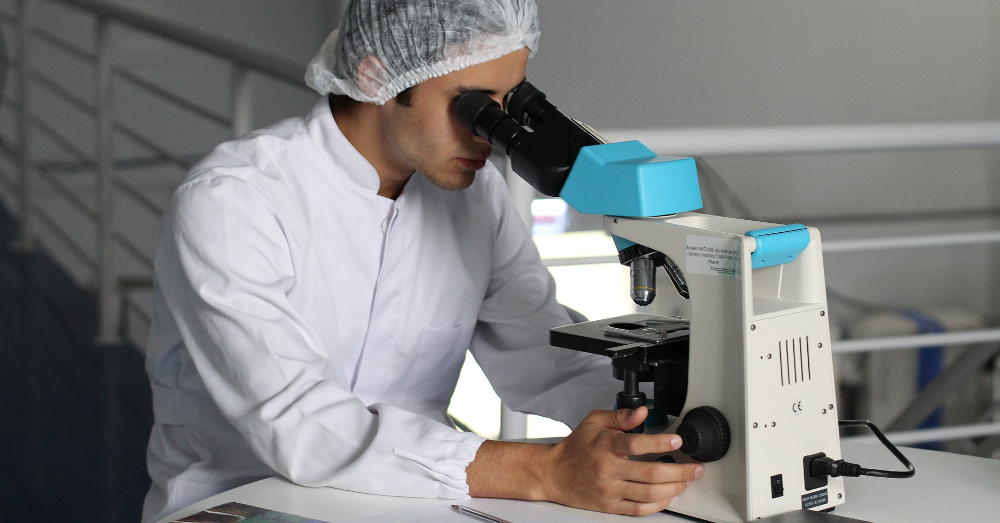
Monsanto Secret Documents Show Massive Attack on Seralini Study
In secret internal Monsanto documents released on Tuesday by legal firms in the U.S. it was made clear how Monsanto successfully pressured Wallace Hayes, Editor of Food and Chemical Toxicology Journal to retract the famous Séralini study, which discovered the damage caused by GM maize NK603 and low doses of Roundup herbicide on rats.
August 1, 2017 | Source: Sustainable Pulse | by
In secret internal Monsanto documents released on Tuesday by legal firms in the U.S. it was made clear how Monsanto successfully pressured Wallace Hayes, Editor of Food and Chemical Toxicology Journal to retract the famous Séralini study, which discovered the damage caused by GM maize NK603 and low doses of Roundup herbicide on rats.
In September 2012 the journal Food and Chemical Toxicology (FCT) published the research of a team led by Professor Séralini, which found liver and kidney toxicity and hormonal disturbances in rats fed Monsanto’s GM maize NK603 and very small doses of the Roundup herbicide it is grown with, over a long-term period. An additional observation was a trend of increased tumours in most treatment groups.
In November 2013 the study was retracted by the journal’s editor, Wallace Hayes, after the appointment of a former Monsanto scientist, Richard E. Goodman, to the editorial board and a non-transparent review process by until now nameless people that took several months.
The study was then republished by Environmental Sciences Europe, but only after the study’s reputation was wrongly damaged due to the work of Monsanto behind the scenes.
Here is a summary of the Seralini related documents released on Tuesday:
Monsanto Email Chain: Personnel Discusses Plan Seeking Retraction of Seralini Glyphosate Study
No: MONGLY02063095
Date: 9/26/2012
Description
This document contains a series of email exchanges between various Monsanto personnel regarding letters to the editor of Food and Chemical Toxicology seeking retraction of a study by Professor G.E. Seralini. Mr. Eric Sachs writes about his efforts to galvanize scientists in a letter-writing campaign in order to retract the article: “I talked to Bruce Chassy and he will send his letter to Wally Hayes directly and notify other scientists that have sent letters to do the same. He understands the urgency…I remain adamant that Monsanto must: not be put: in the position of providing the critical analysis that leads the editors to retract the paper.” at *3, 2.
